Hello and welcome to another edition the 100th edition of That is Neat, Patrick. When I started this publication, it was as a means to procrastinate writing my experience log for my application to become a Professional Engineer. Now, 100 issues later, I am legally a Professional Engineer and I have a newsletter that is read by what can only be described as tens of people. This is a big milestone, and poor timing. One hundred issues deep, and I am about as demotivated and uninspired as ever to write. In a rut, if you will. As such, this milestone issue will consist of some of my favourite topics from previous editions. As you would expect, they mostly have to do with loafers and pubs.
Paddy’s Favourite Intro
TNP 75
Hello and welcome to this week’s edition of That is Neat, Patrick. It has been many weeks since the last issue of this publication. As luck would have it my busiest time of the work year coincided with my pre-planned nuptials; which is not a conducive environment to writing a newsletter about loafers. Much has happened in these weeks. As previously mentioned, I was married, I drove a couple thousand kilometres around Southern Ontario for work, and most importantly the last newsletter went moderately viral resulting in many new subscribers. As such, welcome and prepare to be disappointed. (that’s also what I said to my new wife)
Talking About the Way Pubs are Lit via the Town of Niagara-on-the-Lake - Issue 75
Niagara-on-the-Lake
Niagara-on-the-Lake is a neat little town at the mouth of the Niagara River in which I was married last weekend. Today, it is mostly a tourist town, with people coming to visit the Old Town’s colonial architecture and the many wineries in the area. Initially, the town was founded as a military base, in the form of the now restored Fort George, and as a haven for British Loyalists in the aftermath of the American Revolution. It would serve as the first capital of Upper Canada until 1798 when it’s proximity to a hostile United States forced the colonial government to move to what is now Toronto.
Being at the mouth of the Niagara River, and across the river from the American Fort Niagara, NOTL was of great strategic value during the War of 1812. In May of 1813, US forces stormed NOTL after a two day bombardment. Battle ensued, with the Americans razing much of the town and holding the surrounding area until December of the same year.
It was during this battle that a Captain Colin Swayze of the British Army returned to the local pub, the Olde Angel Inn, one last time. It was during this moment that US forces took the town and entered the pub. Captain Swayze hid in an empty barrel in the pub cellar, which was not the best move because if I was a conquering soldier the first place I would loot is a pub cellar. Captain Colin Swayze was subsequently killed in the barrel. This is not the last people would hear from the Captain, as his ghost haunts the (still in business) Olde Angel Inn.
There is an important lesson in all this. The lesson is that for a pub to be successful it needs to have warm horizontal lighting. The Olde Angel Inn is 230 years old. Maybe not old compared to some European establishments but this is the oldest pub in Canada (I think, I’m not researching that). It is entirely lit by warm horizontal lights, and has longevity and great vibes. What it doesn’t have? Bad overhead lighting. I couldn’t tell you how many “trendy” bars I have seen open with overhead lighting and shortly close (at least a few, I’m not researching that). The other pub in NOTL I visited, the Irish Harp, was also lit warmly, and horizontally. If a pub has cool overhead lighting, I’ll leave.
The pour of Guinness at the Olde Angel Inn is a hard 6.5/10 but it is a British pub so what do you expect. The Irish Harp is a strong 8/10 but does not use regulation Guinness glasses and therefore cannot rise any higher than that.
Talking Loafers - Issue 74
G.H. Bass
G.H. Bass & Co. is a neat shoe brand that was formed in 1876 in Wilton Maine. Leather tanner George H. Bass started by creating leather moccasins marketed as durable and reliable work shoes for labourers and outdoorsmen. G.H. Bass quickly became popular with their desired demographic, eventually supplying boots to the US Army Air Corps in the First World War.
The company would reach a new level of popularity when the powers that be at G.H. Bass were inspired by traditional Norwegian moccasins that were used primarily for “loafing around in the fields”. Thus, the modern loafer was born.
By the end of the 1930s, the Weejun was part of the standard uniform of the Ivy League student. Some say part of their rise was the ability to store a penny in the front slot of the loafer for use at a pay phone, giving rise to the term “penny loafer”. However, historical records show that pay phones in the contiguous US never costed less than 5 cents, so I am not sure where the students stored the other 3 pennies required for a call.
I have written about loafers before, but my attention has become focused on Bass Weejuns in particular as I have just come into possession of a pair. Being the jackass that I am I decided I needed a new pair of shoes for my wedding, so why not get a pair not sold in Canada and that isn’t necessarily a dress shoe either. I look forward to falling in them as they have next to no grip when new and I am too worried about scuffing them before the wedding to follow my tailors advice of breaking them in before I have to walk anywhere important in them.
Obligatory Guinness Related Article - Issue 85
Guinness is Good for You
For years “the man” has been misleading the public by spreading the lie that “beer is bad for you”. This is fake news. It is no coincidence that I only got over my recent illness after having my customary six pints of Guinness on Saint Patrick’s day.
Surprisingly, there is some real evidence that Guinness is good for you, with actual scientific studies done to support these claims. Unfortunately, peer reviewed studies still hold more weight in the scientific community than the esoteric symbolism I see in my dreams, which is where I get most of my facts from. Most beers contain antioxidants, B vitamins, soluble fibre and prebiotics. Studies have shown Guinness in particular contains more folate than other beers. Folate, or vitamin B9, is important for red blood cell production, cell growth, the production of neurotransmitters for the mainentnace of mental well being, and regulates homocysteine levels for heart health. A pint Guinness contains 3.2% of your daily intake of folate. You would only need to drink 33 pints of Guinness to reach your daily intake. Health.
In reality the belief of Guinness being good for you came about from clever marketing campaigns rather than actual fact. Guinness has a negligible amount of iron in it but that didn’t stop the Guinness emphasizing the iron content as being proof of it’s health benefits. The marketing campaign was so effective Guinness was given to people recovering from illness and surgery, and even pregnant women, by doctors. While Guinness does have some good stuff in it, and is lower in calories than other non-light beers, the actual health benefits are quite modest. Studies have shown that moderate beer consumption is associated with a decreased risk of cardiovascular disease, good physical and mental health, and improving the diversity of gut bacteria. I think a large part of these benefits might be from the act of relaxing in a social setting, and blowing off some steam with some friends over a few pints, rather than the actual contents of the beer. Regardless, you can’t tell me that Guinness is not, in fact, good for you.
How to go Full Tourist in Dublin - Issue 72
The Golden Triangle
Dublin is a very neat city which is filled with many neat neighbourhoods. Once such neighbourhood is The Liberties in central Dublin. In the 19th century, Irish whiskey was booming with 32 distilleries in Dublin, and six in the Liberties alone. These distilleries in the Liberties, along with a little distillery in neighbouring Smithfield called Jameson, formed what was known as the Golden Triangle of whiskey. The smallest of these distillers, John Power & Son, was pumping out more barrels of whiskey than Glenlivet, the largest Scottish distiller at the time. The Golden Triangle was in a perfect location for a business, with easy access to the River Liffey (and being just outside Dublin City’s tax boundary at the time).
Having this many distilleries in a confined space was a risk. Distilling is an incredibly combustable process, and raw alcohol is incredibly flammable. In June of 1875 a fire broke out in a warehouse storing 5000 barrels of whiskey. The exact cause of the fire is unknown,but the alarm was raised at 8:30pm when pigs in nearby livestock pens began to squeal.
By 9:30pm the casks of whiskey began to burst from the heat, releasing over 1 million litres of whiskey into the streets. The stream of whiskey first stretched down Cork Street, then turned onto Ardee Street and demolished a house on Chamber Street, continuing to Mill Street where it took out a row of small houses. Thirteen people would be killed in the blaze and alcohol tsunami. All from alcohol poisoning.
Despite having 70% of the market share at the end of the 19th century, a number of factors would lead to Irish whiskey’s collapse. Ireland fighting fighting for it’s independance from the British Empire resulted in many of the world’s markets being closed to Irish whiskey, what with the sun never setting on the British Empire at the time. At the same time as the Irish Wart of Independence, another important market for the Irish distillers, the USA, decided to declare war on having a good time and enacted prohibition nationwide. Whiskey’s market share plummeted to 1% by the end of the second world war, and the majority of Irish distillers closed. In the 1970s, the only two distillers in Dublin, Jameson and Powers, decided to close their Dublin operations and merged with the Cork Distilling Company in Midleton, County Cork. While this move likely saved the industry in Ireland, there was no more distilling going on in the Golden Triangle for the first time in hundreds of years.
Luckily, Irish whiskey is experience a resurgance, and multiple distilleries have opened in the Golden Triangle in the last decade. If you want to have a very full culturally enriching day in Dublin, I would recommend what I did on my first full day in Dublin. First, go to the Book of Kells because it is very neat. Then, go to the National Gallery to look at Carravaggio’s The Taking of Christ. Next, find out that painting and your whole reason for going to the National Gallery is on loan to the gallery in Belfast. After looking at some works by van Gogh and Monet for compensation, go take a cocktail class at the new Roe & Co distillery.
Roe & Co make a very decent whiskey which I would very much recommend trying. The cocktail making experience also comes with a tasting of the whiskey, the cocktail you make, and another cocktail afterwards (this time made by an expert).
After getting the pump sufficiently primed, make your way across the street to the Guinness brewery to learn how to pour your own pint. If you tell them you are on a joint bachelor/bachelorette trip from Canada, they will give you extra pints.
At this point you are sufficiently lubricated and can feel no pain. As such, the only logical next move is the Jameson distillery in Smithfield. Despite no longer making whiskey there, they will definitely give you some if you buy a ticket. Finish your night at the Temple Bar in Temple Bar. If you don’t have the craic at any point during this day, you are the problem.
I don’t Always Write About Drinking - Issue 33
Caravaggio
Michelangelo Merisi da Caravaggio was a very neat painter. He was born in the Duchy of Milan, which was a part of the Spanish Empire at the time, in September of 1571. He is one of the most well regarded and influential artists of the baroque style. Caravaggio is also a fine example of a mad lad who achieved greatness while also being off his rocker.
Prior to Caravaggio, painting followed the mannerist, or high renaissance style. Mannerist art is your da Vincis, Michelangelos, etc. It was characterized by even lighting, tranquil scenes, and the exaggeration of proportions to achieve an ideal, but sometimes unnatural, beauty.
Caravaggio, and the baroque artists that followed, painted very dramatic but realistic scenes with emotion clearly portrayed on faces, and used contrasts between light and dark. This is best exemplified by Caravaggio’s The Taking of Christ, shown below. The background is almost pitch black, with light coming from the side of the painting, reflecting in the soldiers’ armour.
With all this said, Caravaggio was an eccentric. He was raised in poverty in Milan, entering into an apprenticeship with painter Simone Peterzano in 1584. He stayed in Milan until 1592 when he fled to Rome under “uncertain circumstances” involving the police. When in Rome, Caravaggio found work painting backgrounds for Giuseppe Cesari. He later began working as an independent artist, networking with collectors, and participating in street brawls.
Despite the brawling, Caravaggio became one of the most famous painters in Rome. Granted, this was a time when you and your boys could go out street brawling just for something to do, but Caravaggio was took this to another level.
In November 1600, Caravaggio beat a nobleman who was a guest of his patron. This is not a good business decision. He was arrested, jailed, released, and arrested again. This time for defamation after composing rude poems about another painter. A few years later he had more run ins with the law. He was found in possession of illegal weapons, insulted city guards, and threw a plate of artichokes in the face of a publican.
A few more assault charges in Rome ended exactly how you would expect, with Caravaggio fleeing after killing a man. He bounced around Genoa, Naples, Malta, and Sicily, painting great works and getting into fights. This lifestyle eventually caught up with him. He died in Tuscany in 1610, at the age of 38, from either syphilis or murder. Caravaggio’s story makes a lot more sense when you find out the paint he used from a young age was filled with lead.



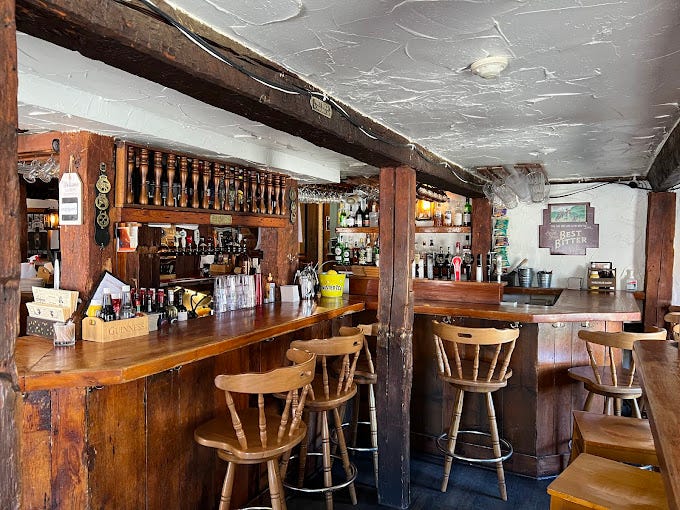
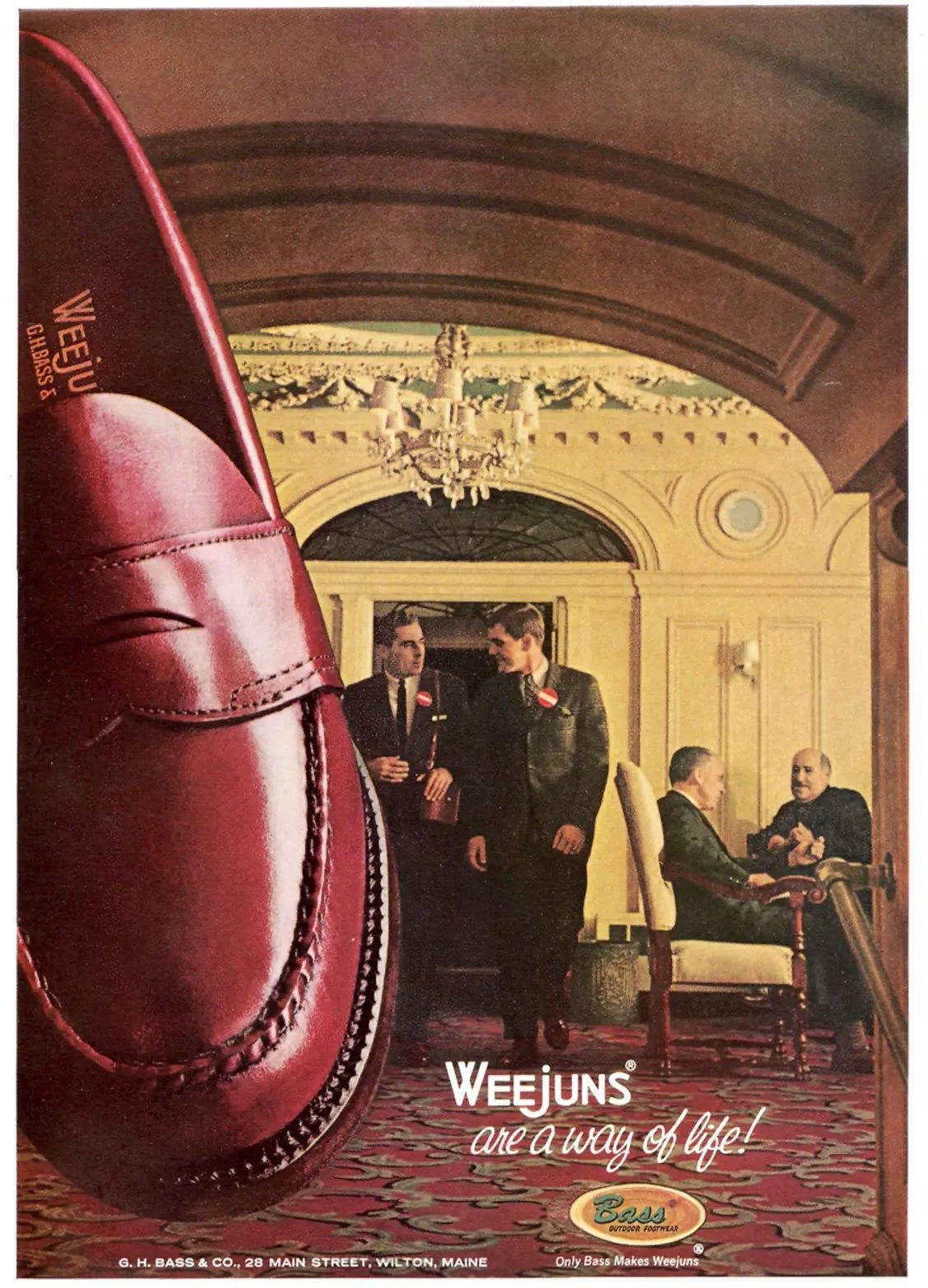
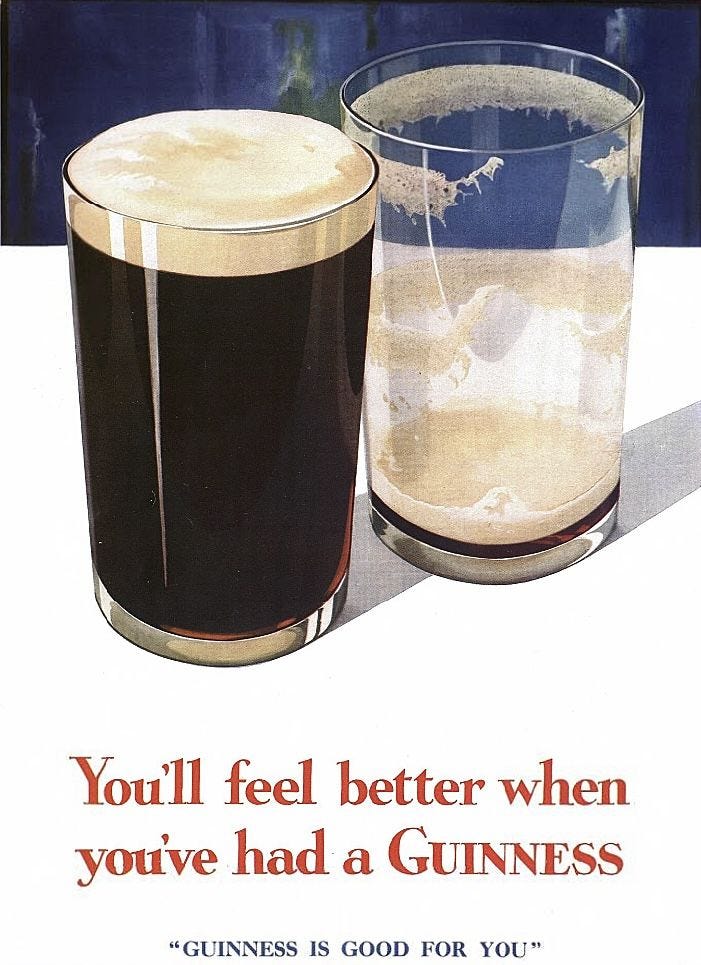
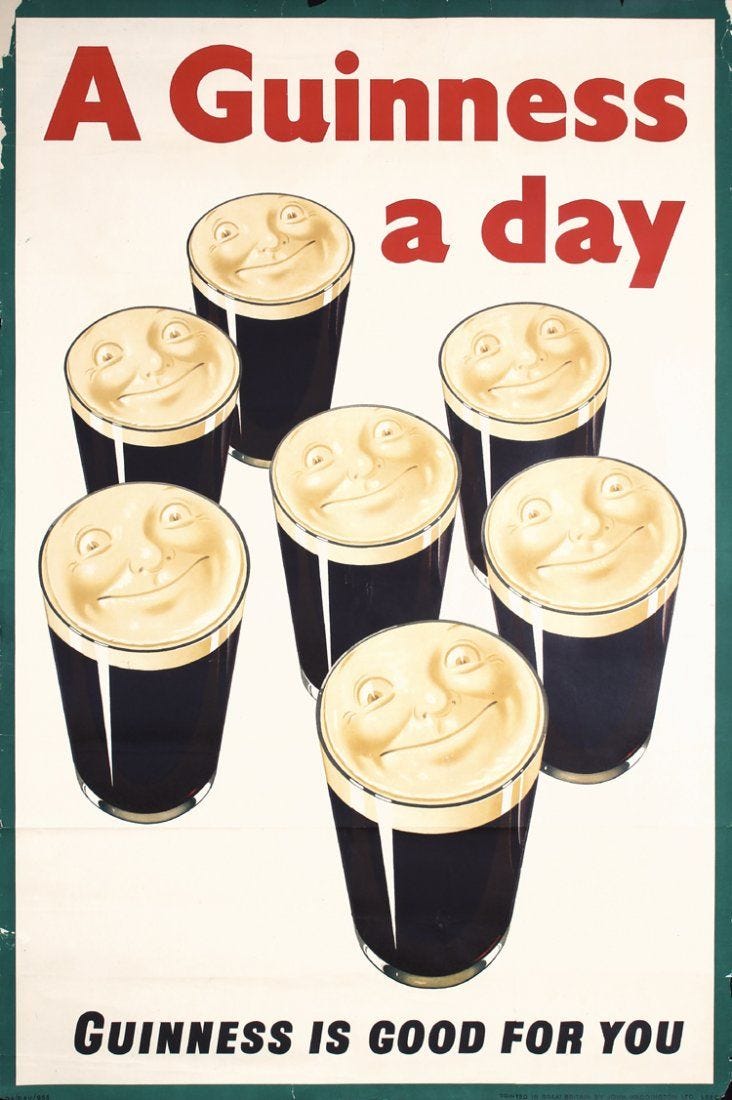
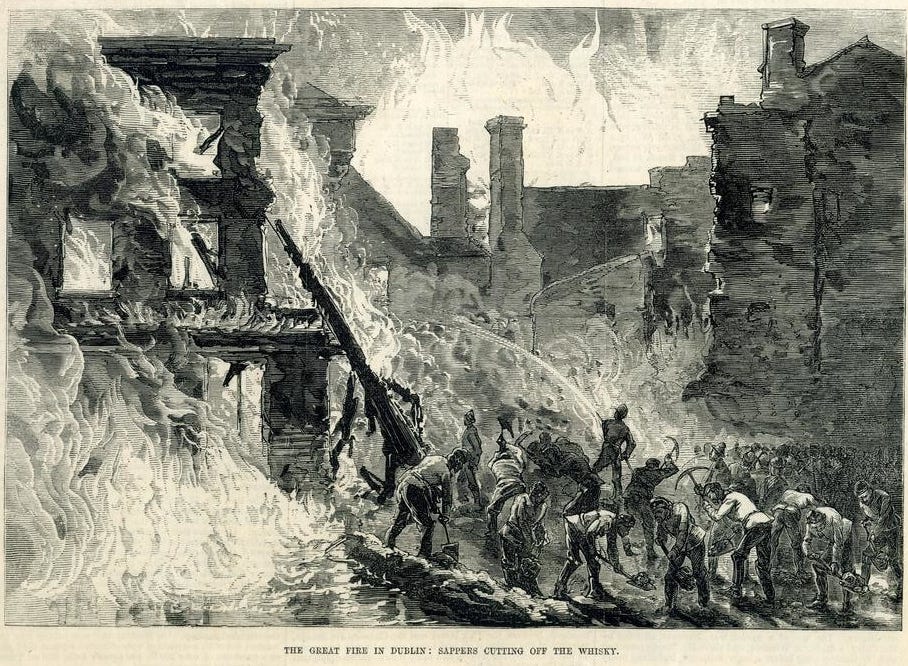
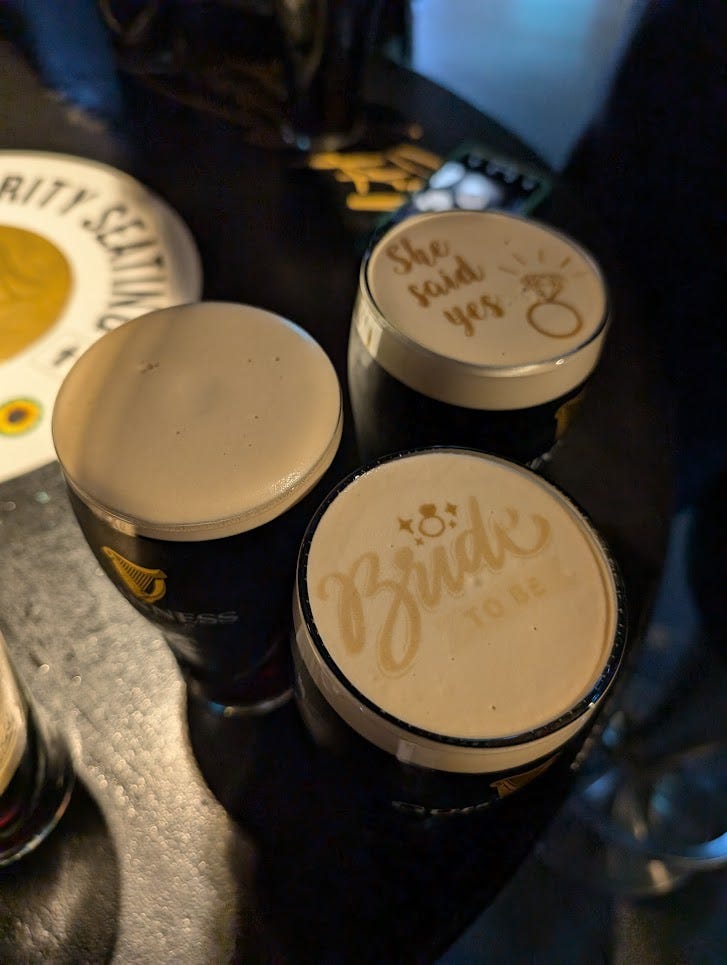
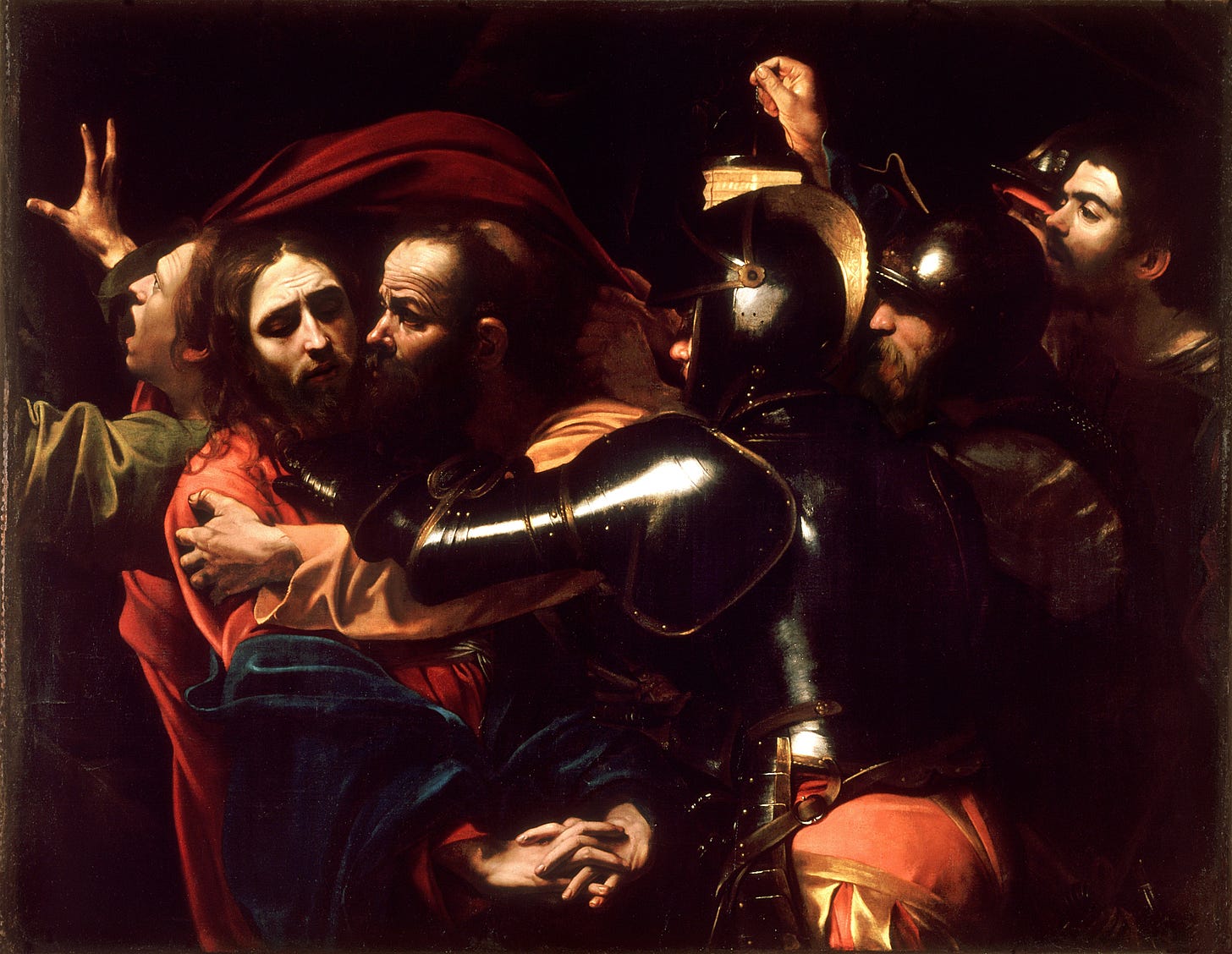
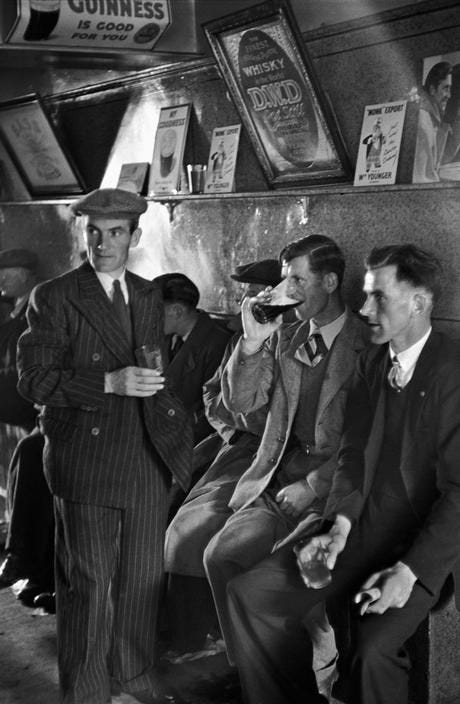
100! Wow, what started as a way for you to procrastinate work has turned into a way I escape from work
Please. I’m begging you. Break those Weejuns in before the wedding. The size of your blisters will thank you.